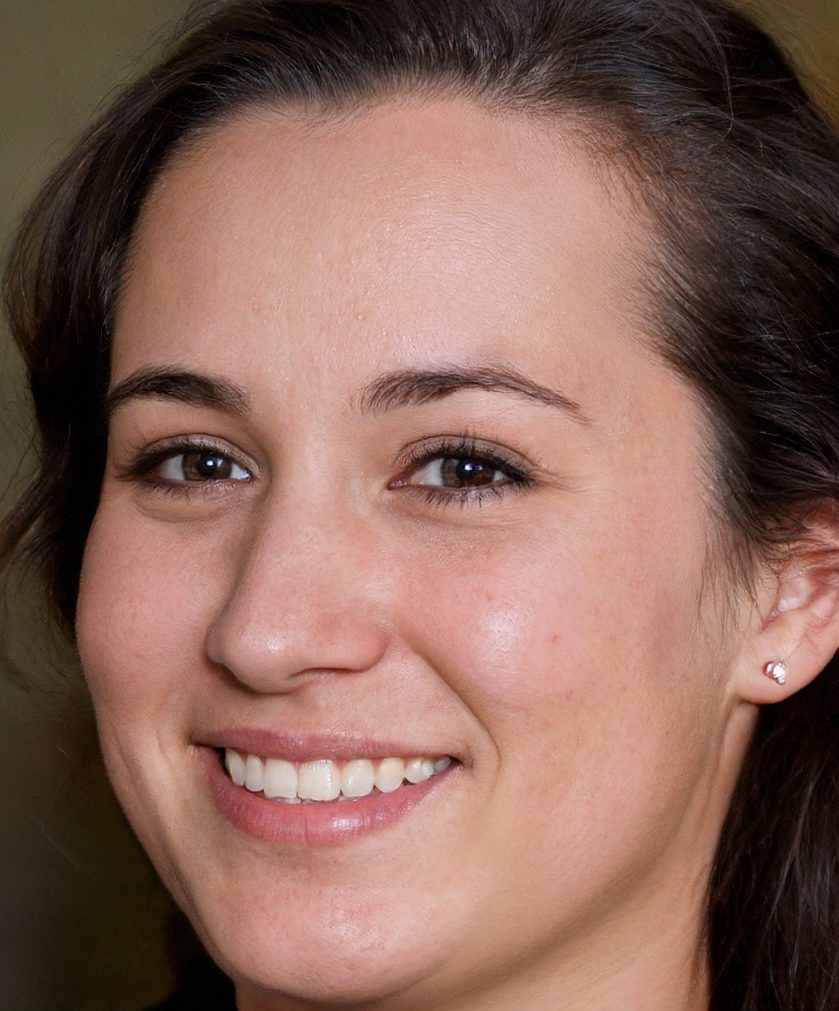Meiosis occurs when a single cell is divided twice to create four cells that contain half of its original genetic information. These cells can be described as our sexcells. They are sperm in men, eggs in women.
The haploids are cells that have half the number or chromosomes than the mother cell. Meiosis is responsible for the production of our sex cell or gametes (eggs in women and sperms in men). There are nine stages to Meiosis. These are the stages between the cell’s first division (meiosis 1) and its second division (meiosis 2): Meiosis 1.
Interphase is when the DNA within the cell has been copied. This creates two identical full sets. Then. These structures are crucial for cell division and are located outside the nucleus. These centrosomes are used to extend microtubules during interphase.
Prophase 1: The copied sequences of chromosomes are shortened to X-shaped structures. This can be easily observed under a microscope. Each chromosome that is not copied has two identical chromatids. Both copies of chromosome 1 and 2 are paired up, so both copies are joined. The two chromosomes can then interact with small parts of the DNA through recombination. The cell’s membrane surrounding the nucleus disintegrates, and the Prophase 1 end results in the release of the chromosomes. Between the centrioles is the meiotic spindle. It is composed of microtubules as well as other proteins.
Metaphase I: Two chromosome pairs are lined up in the center of the cell. This is the (equator). Now, the centrioles can be found at opposite poles within the cell. From them, the meiotic spundles are increasing. The meiotic spine fibers attach themselves to the respective chromosomes.
Anaphase I. The meiotic spindle then pulls the two chromosomes apart. One chromosome is pulled to one pole and the other to another pole. In meiosis, the sister-chromatids do not separate. This is in contrast to what happens with mitosis and myiosis II.
Telophase I, cytokinesis: The cell’s chromosomes made their way to the opposite poles. A complete set chromosomes are found at each pole. Each set of chromosomes is enclosed in a membrane. Two new nuclei are created. A single cell then pinches the middle to create two daughter cells. Each daughter cell contains a complete set of chromosomes within its nucleus. This is called cytokinesis.
Prophase II: There are now two daughter cells each with 23 chromosomes (23 pairs). The chromosomes of each daughter cell condense once more into visible, X-shaped structures. This can easily be seen by a microscope. Each daughter cell loses its membrane and releases its chromosomes. The centrioles reproduce and the meiotic spinning begins again.
Metaphase II. Each of the two daughter cell chromosomes (a sister chromatid) are lined up at the equator. The centrioles now are located at opposite poles in each daughter cell. Each sister chromatid is attached to meiotic spindle fibres at its pole.
Anaphase II: Sister chromatids move to opposite poles by the meiotic spindle. The separate chromatids become their own chromosomes.
Telophase II, cytokinesis: The chromosomes have completed their journey to the opposite poles. An entire set of chromosomes assembles at each pole. Each set of DNA chromosomes forms a membrane around it. This membrane creates two new nuclei. Although this is the final phase of meiosis cell division cannot be completed without another round of Cytokinesis. Four granddaughter cells form once cytokinesis ends. Each one has half a pair of chromosomes.
Mitosis: A process in which an eukaryotic cells nucleus is split into two and then divided into two cells, called mitosis. The term “mitosis”, which means “threads”, refers the thread-like appearance that chromosomes take as they prepare to separate. These tubules are collectively called the spindle. They grow from structures known as centrosomes. One centrosome is located at each pole. As mitosis advances, the microtubules attach to the centrosomes. This is where their DNA has already been duplicated and they have joined the center of a cell. The spindletubules contract, and then move toward the poles. As they move, each spindle tube pulls one copy from each chromosome to the opposite poles. This ensures that every daughter cell has one copy of the parent’s DNA. Mitosis comprises five distinct phases. Each phase involves specific steps in the chromosome alignment/separation process. After mitosis has been completed, the cell splits in half using the process known as cytokinesisProphase. This is the first stage of mitosis and occurs after interphase’s conclusion. The parent cell chromosomes that were duplicated during S phases — condense, becoming thousands of times smaller than those in interphase during prophase. When viewed under a microscope, the structures of each duplicated DNA chromosome are now X-shaped. This is due to the fact they consist of two identical sister Chromosomes. Condensin and cohesin are two of the DNA binding proteins that catalyze the process. Cohesin forms rings, which join the sister chromatids. Condensin forms a ring that compacts the chromosomes. The mitotic spine develops during prophase. The cell’s two centrosomes are moving against each other poles. Microtubules slowly assemble between them and form the network that will eventually separate the duplicated DNA.
The cell will enter prometaphase after prophase is completed. This is the second stage in mitosis. The nuclear membrane is broken down by M-CDK phosphorylation during prometaphase. Because of this, spindle micrtubules now have direct contact with the genetic material within the cell. Each microtubule exhibits high levels of dynamicity, moving outward from a centrosome and then falling backwards while it searches for a specific chromosome. Once they find their target, the microtubules connect with the chromosome at the kinetochore. This is a complex protein located at the centerromere. Although the exact number of microtubules linking to a Kinetochore is variable between species, at least one microtubule per pole links to each chromosome’s kinetochore. As the chromosomes travel back and forth between poles, there is a tug-of-war.
The chromosomes are adjusted along the cell-equator, as metaphase ends and protophase begins. Every chromosome has two or more microtubules connecting to its kinetochore. This is when the tension in the cell begins to balance and the cells stop moving back-and-forth. Three types of spindlemicrotubules have been identified. Kinetochore Microtubules connect chromosomes with the spindlepole. Interpolar microtubules also develop from spindlepole across to the equator. Astral microtubules then develop from spindlepole to cell membrane. Anaphase is then followed by metaphase. Each chromosome sister-chromatid separates and moves to the opposite poles in the cell. This happens due to the enzyme reaction of cohesin which was a link between sister chromatids in prophase. When chromatids are separated, they become independent chromosomes. Chromosome movement can be triggered by changes to the length of the microtubules. Anaphase A is the first phase. The kinetochores microtubules are responsible for bringing the chromosomes to the spindle Poles. The second part of anaphase is sometimes known as anaphase B. In this phase, the astral and interpolar microtubules pull the poles apart further. Telophase occurs when the chromosomes reach cell poles. The mitotic spinningle is disassembled and the vesicles containing fragments of original nuclear membrane are assembled around the two sets. The lamins of every cell end are then phosphorylated by phosphatases. The result of this dephosphorylation is the creation of a new nucleus around each group of cells.
Cytokinesis is a physical process that splits a parent and daughter cell. The cell membrane pinches into the cell equator at this point, creating a cleft known as the cleavagefurrow. The position of interpolar and astral microtubules in anaphase will determine the furrow’s position. The actin, myosin, and actin filaments make up the contractile rings that form the cleavage furrow. The contractile ring shrinks as the myosin and actin filaments pass each other. It is similar to pulling a drawstring on a purse’s top. The cleavage furrow at the center of the cell completely cuts off the cell, creating two distinct daughter cells.




